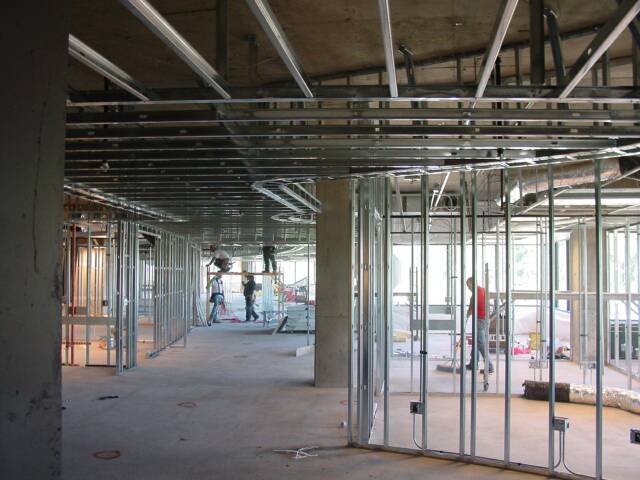Cell phone providers like T-Mobile or Sprint will sometimes pay a prospective customer’s cancellation fee to get them out of their current deal and into a new contract. Auto dealerships often have “No Money Down!” promotions. These are called incentives. In commercial real estate, a tenant improvement allowance (TIA) is a similar type of incentive. This is where a landlord offers to pay a portion of the costs to retrofit or renovate a space to a prospective tenant’s liking. Typically expressed as a total dollar sum or a per-square-foot amount, terms of this TIA are hashed out during lease negotiations. Tenants have two priorities going into lease negotiations. Priority #1 is to secure a TIA sufficient enough to cover necessary improvements. Priority #2 is to walk away with as much control of the buildout process as possible.
Forecasting How Much of a TIA You Need
Prior to entering negotiations, any tenant should come to the table with a breakdown of planned renovations. This is the only way to ensure the accepted TIA is sufficient enough to cover requested/needed renovations, buildouts, and electrical, plumbing, or HVAC work. Otherwise, it’s very possible to accept a TIA of $12 to $25 per square foot only to learn that’s barely enough to cover central AC.
Many landlords have pricing from one local commercial contractor they typically use. It’s important for tenants to also consult contractors, space planners, or designers for a comparable cost estimate of their own.
A tighter tenant market usually means higher TIA offers. Other factors that could incentivize a landlord are a tenant’s perceived value (could it be an anchor tenant for the building that drives up other neighboring rentals, etc.) and whether or not the renovations or buildouts themselves raise the property’s value.
In most cases, the actual costs of tenant improvements are split between the landlord and tenant. The tenant is responsible for any cost accrued after the landlord’s TIA has been exhausted. This necessitates a need for the tenant to maintain some control over the process and costs. Most landlords will offer to take care of it all – acquiring permits, choosing a contractor, overseeing the process, etc. But how will you know they’re representing your best interests and you’re truly getting the most from your TIA dollars?
Maintaining Control of the Process
This part tends to get tricky since it’s usually the landlord wanting to hire contractor and oversee the process. They know the building and have existing contacts they’ll want to use to reduce costs. They’ll also want to ensure other tenants in the building aren’t inconvenienced and the building’s structural integrity isn’t compromised.
When a landlord assumes complete control of the construction process and the delivery of a finished space to the tenant, this is known as a turnkey buildout.
While a turnkey buildout seems great when presented, some (certainly not all) landlords may be enticed to cut corners with this type of control. For example, you may be told improvements or buildouts are covered by the TIA up to $30 per square foot. But the landlord’s contractor might be completing this work for $25 per square foot. You’ve essentially lost that $5 per square foot.
Meanwhile, a tenant controlled TI allowance presents a bigger workload on the tenant. That said, it can also yield big benefits.
Ideally, there’s a compromise negotiated between tenant and landlord where each has some degree of control in the process – from selecting the contractor to overseeing the project. Transparency is key to trust building. Negotiating is key. Be aggressive yet amicable to secure the best TIA and terms for your situation.

